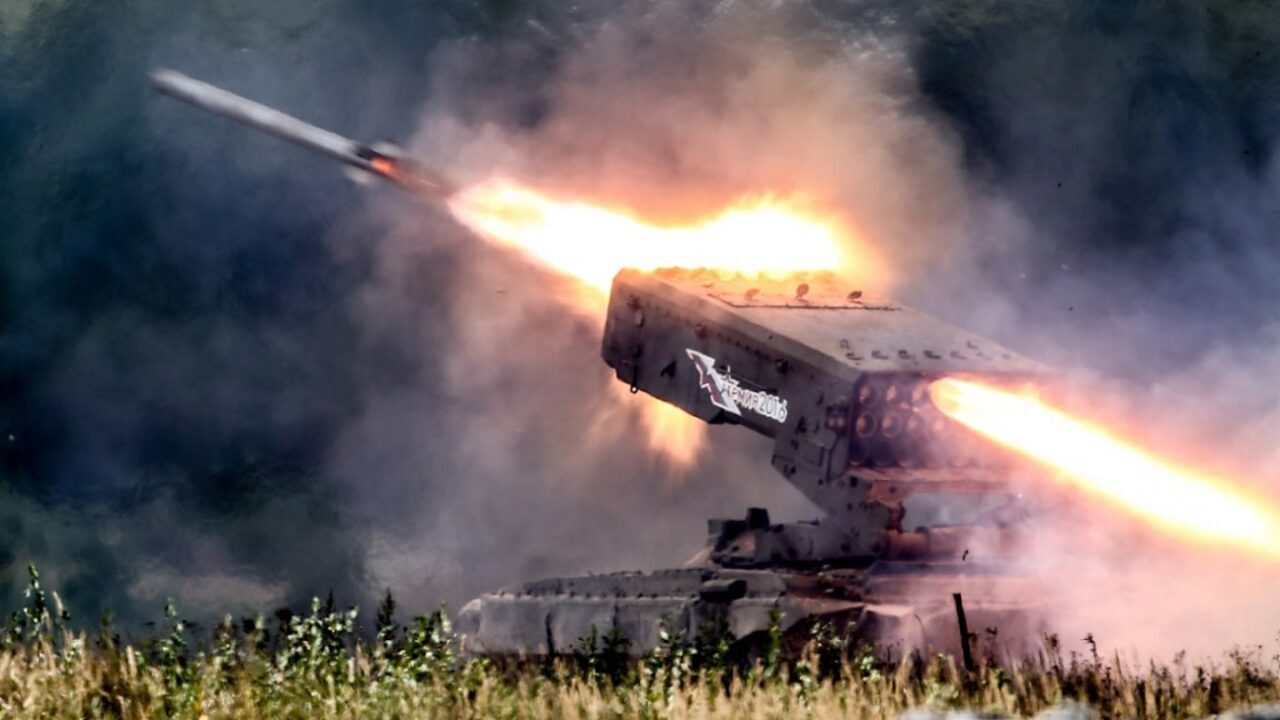On day 116 of the Russian invasion of Ukraine, the Russian military has still not achieved the breakthrough it has been looking for so long in the Donbas. The Russian forces advance but only at a very slow and deliberate pace.
The Russian War in the Donbas
The key Ukrainian city of Severodonetsk remains contested. Although the Russian forces control most of Severodonetsk and all of the bridges leading to the city from the west have been destroyed, the Ukrainian forces still maintain small pockets of resistance within the city and forces outside Severodonetsk are still able to send them supplies and reinforcements.
In its latest estimate of the war, the British Ministry of Defense touched on the intense fighting in the Donbas but mainly focused on the force generation and morale problems that the two militaries are facing, but particularly the Russian forces.
“In recent days, both Russia and Ukraine have continued to conduct heavy artillery bombardments on axes to the north, east and south of the Sieverodonetsk pocket, but with little change in the front line,” the British Military Intelligence assessed.
Almost four months of combat has taken a toll on the morale and force generation of the two militaries. The Russians seem to have the biggest issues with morale.
“Combat units from both sides are committed to intense combat in the Donbas and are likely experiencing variable morale. Ukrainian forces have likely suffered desertions in recent weeks, however, Russian morale highly likely remains especially troubled. Cases of whole Russian units refusing orders and armed stand-offs between officers and their troops continue to occur,” the British Ministry of Defense added.
“The Russian authorities likely struggle to bring legal pressure to bear on military dissenters, hampered by the invasion’s official status as a ‘special military operation’ rather than as a war. Drivers for low Russian morale include perceived poor leadership, limited opportunity for rotation of units out of combat, very heavy casualties, combat stress, continued poor logistics, and problems with pay,” the British Military Intelligence said.
“Many Russian personnel of all ranks also likely remain confused about the war’s objectives. Morale problems in the Russian force are likely so significant that they are limiting Russia’s ability to achieve operational objectives,” the British Ministry of Defense stated.
Russian Casualties in Ukraine
The Ukrainian Ministry of Defense claimed that as of Sunday, Ukrainian forces have killed approximately 33,600 Russian troops (and wounded approximately thrice that number), destroyed 216 fighter, attack, and transport jets, 181 attack and transport helicopters, 1,468 tanks, 745 artillery pieces, 3,577 armored personnel carriers, 235 Multiple Launch Rocket Systems (MLRS), 14 boats and cutters, 2,523 vehicles and fuel tanks, 98 anti-aircraft batteries, 598 tactical unmanned aerial systems, 55 special equipment platforms, such as bridging vehicles, and four mobile Iskander ballistic missile systems, and 130 cruise missiles shot down by the Ukrainian air defenses.
1945’s New Defense and National Security Columnist, Stavros Atlamazoglou is a seasoned defense journalist specializing in special operations, a Hellenic Army veteran (national service with the 575th Marine Battalion and Army HQ), and a Johns Hopkins University graduate. His work has been featured in Business Insider, Sandboxx, and SOFREP.

